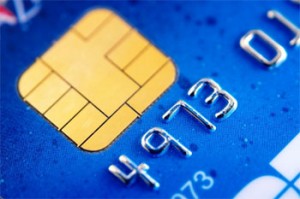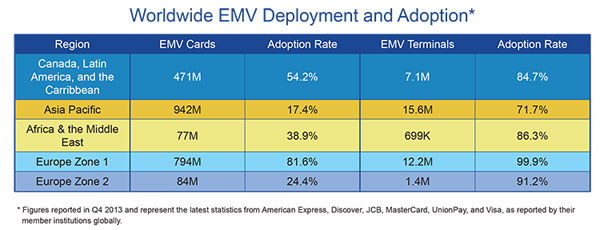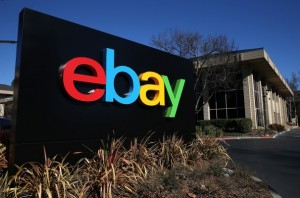
Women are working more years than they used to before retiring, and that fact will change the overall retirement picture in the United States, according to Age Wave, a company that focuses on issues involving the elderly.
Over the past 20 years, the number of older women in the workforce has increased significantly. In 1992, 23 percent of the over-55 working group were women; by 2012, the figure had risen to 35 percent. By 2022, the number will have reached 82 percent, Age Wave predicts.
Finances push the trend to a degree. Women have traditionally worked for less than their male counterparts and have less in their retirement savings. But enjoyment of their work also is a factor. A survey conducted by the company in partnership with Merrill Lynch Global Wealth Management found that social opportunity, mental stimulation and the physical benefits of working topped the list of reasons for prolonging employment. Only 31percent of the respondents put financial need in the top spot. With life expectancy at 80 to 90 for many Americans, the thought may be that spending 20 to 30 years in full retirement is not an attractive alternative. There is more to life than 50 hours a week in front of the tube, as reported in a recent survey of the 65-plus population.
Baby boomer women are four times more likely to be working into their sixties than their own mothers were 30 years ago, as financial stress puts retirement out of reach. ~ www.news.com/au
Women who are part of the “boomer generation” are different, experts say. They are more adaptable and more politically savvy. Some of them have taken an employment break for rearing families and they’re ready to work outside the home again. They have tended, too, to marry men closer to themselves in age, and that affects retirement, since most couples retire within a year of each other.
The longer work term for women has implications for employers, said April Wu, a research economist in Boston College’s Center for Retirement Research. The studies show that many older women will be found in the health care arena, as nurses, physical therapists, occupational therapy and patient advocacy. They also find niches in the nonprofit world.
The feminine involvement in how retirement money is spent is likely to grow, says Kerry Hannon, author of “Great Jobs for Everyone 50+”Finding Work That Keeps You Happy and Healthy.” They will likely have a larger role in the distribution of $59 trillion in wealth that will be distributed to heirs, charities and taxes. Although men currently are 58 percent more likely to be the primary contact with a financial advisor, women are gaining.
Hirers often see advantages of hiring mature women over the hoodie-wearing younger job applicants they see, Hannon said. Many of the older women also have gained the know-how and the confidence to strike out on their own.
Changes will be gradual, but unless something short-circuits the current trends, you can expect to see more older women in the workforce.



